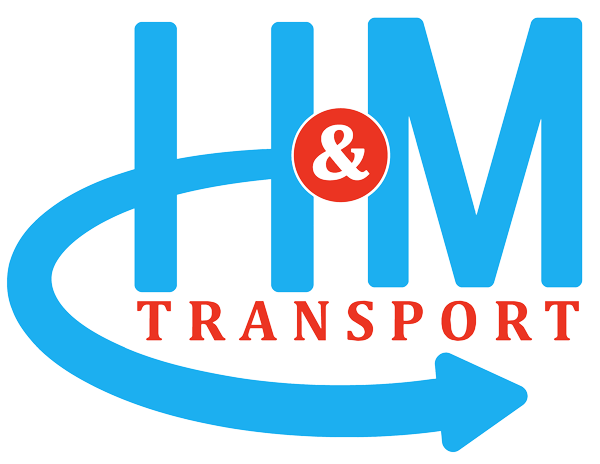Maybe you’re new to non-emergency medical transport (NEMT) services, or you’re looking to switch companies; either way, you’re in the right place. Knowing what to expect from a reputable medical transport service can help you make the right choices when selecting a provider and scheduling your commute with a dispatcher.
This is not to manage your expectations so much as to inform you of what is available to you so that you can make better-informed decisions about your level of care.
Dispatch
Depending on your possible disabilities and needs, a dispatch agent can help you get the care and attention you need while using medical transport services. A dispatcher will find out about your disabilities and special needs in addition to setting up your transportation. This is to make sure that you have the most comfortable ride possible in a medical transport vehicle.
Often times, you will have to schedule in advance, but life happens, and every so often you need a same-day appointment or to cancel. A dispatcher will be able to help you in a kind, understanding, and professional way with any of these problems.
Accessibility services and features
All non-emergency medical transport vehicles are made to help elderly and disabled patients get to their destination as quickly, safely, and comfortably as possible. The gold standard of accessibility features is outlined below.
Wheelchair transport
Wheelchairs, while providing their own mobility benefits, also provide their own set of challenges. Medical transport vehicles that aren’t being used for an emergency are equipped with ramps and lifts that are made with wheelchairs in mind. Special safety equipment and restraints will keep you safe until you reach your destination.
Ambulatory transport
Non-emergency medical transport vehicles are specially modified to aid anyone requiring extra assistance. This includes people who require help walking or who need help getting from a wheelchair to a car.
Stretcher transport
Medical transport services specialize in stretcher transportation, especially for bedridden patients, fresh out of surgery, or those unable to sit in a wheelchair. A minimum 2-person crew will accompany a stretcher transport to ensure comfort and safety.
Bariatric transport
A special bariatric stretcher can be provided for patients weighing between 300 and 650 lbs. Bariatric wheelchairs can also be given to make sure the patient’s trip is as safe and comfortable as possible. Bariatric stretchers and wheelchairs are wider or can be changed so that obese people can use them.
Driver responsibilities
A driver does get you from point A to point B as quickly, comfortably, and safely as possible, but their responsibilities do not stop there. A driver can take you to and from the airport, help you run errands, go to the grocery store, attend church, visit friends and family during the holidays, and even transport you long distances.
A kind, caring, and helpful driver should be able to help you with anything, from getting in and out of the car to securing safety equipment and restraints. Drivers should be trained in emergency response readiness and CPR so that if you become distressed or even unresponsive, your driver will be prepared and know what to do.
The main job of a non-emergency medical transport driver is to help you get where you need to go while treating you with dignity and respect and acting professionally at all times.



